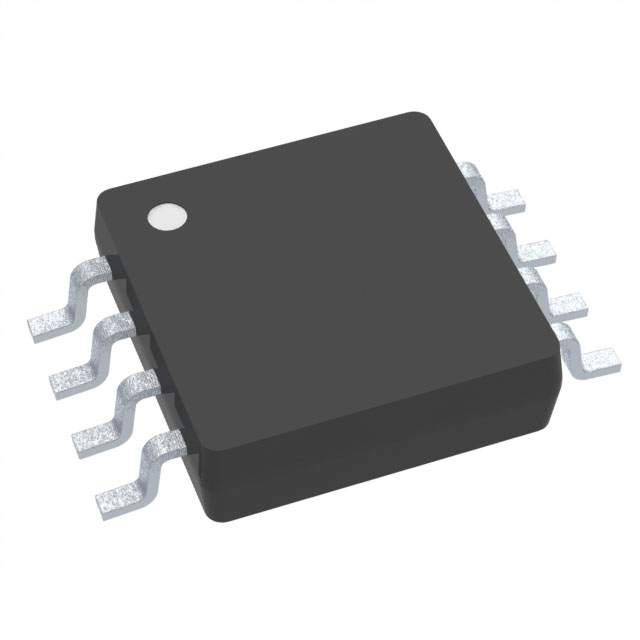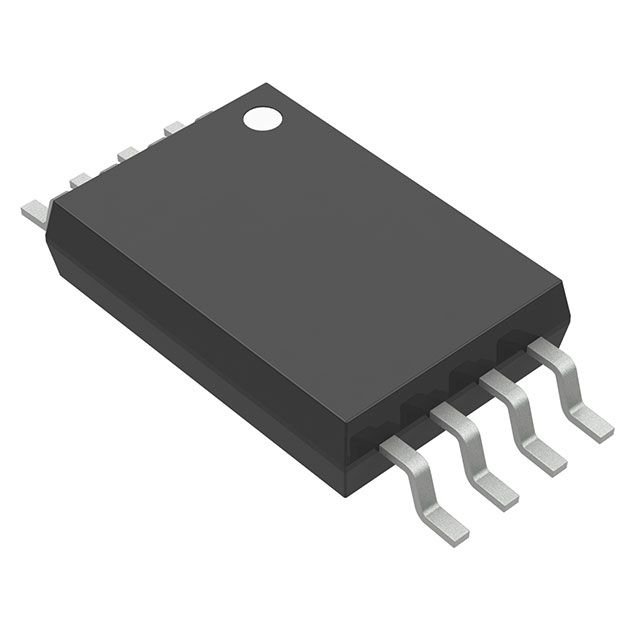TLV1822-Q1
The TLV1822-Q1 is a high-precision, low-power operational amplifier designed for automotive and industrial applications requiring robust performance under harsh conditions. It operates from a single supply voltage ranging from 2.7 V to 5.5 V, making it suitable for battery-powered systems and mixed-voltage environments. The device features a wide gain bandwidth product of 3 MHz, enabling fast response times and stable operation in closed-loop configurations.
This op amp offers rail-to-rail input and output swing, allowing maximum signal utilization across the full supply range without distortion. Its low quiescent current—just 140 µA per channel—ensures minimal power consumption, ideal for energy-sensitive designs such as portable medical devices or remote sensors. The TLV1822-Q1 also provides excellent DC accuracy with a maximum offset voltage of 1 mV at room temperature and a drift of only 3 µV/°C, ensuring reliable performance over extended periods and varying temperatures.
Designed to meet AEC-Q100 Grade 1 qualification standards, the TLV1822-Q1 is built for automotive reliability, including enhanced EMI immunity and tolerance to transient voltages. It supports both single-supply and split-supply configurations, offering flexibility in system design. The internal compensation ensures stability with any capacitive load up to 100 pF, simplifying integration into complex analog circuits.
Key features include a unity-gain stable architecture, a minimum slew rate of 1.5 V/µs, and a common-mode input range that extends beyond the supply rails, enabling precise measurement of signals near ground or supply voltage levels. These characteristics make it well-suited for precision sensing, filtering, and signal conditioning tasks in automotive safety systems, engine control units, and industrial automation equipment.
Applications span from sensor signal conditioning in electric vehicle battery management systems to amplification in analog front ends for data acquisition modules. Its robustness, low noise (typically 16 nV/√Hz), and compatibility with digital logic levels further enhance its utility in mixed-signal designs where high accuracy and reliability are critical.
Related Parts
| Part # | Manufacturer | Description | Availability | Pricing | Quantity |
|---|---|---|---|---|---|
 TLV1822QDRQ1Linear Comparators | Texas Instruments | AUTOMOTIVE, DUAL, MICROPOWER HIG | 90 | 1+: $1.95860 10+: $1.65420 30+: $1.46360 | |
 TLV1822QDGKRQ1Linear Comparators | Texas Instruments | AUTOMOTIVE, DUAL, MICROPOWER HIG | 2383 | 1+: $0.81133 10+: $0.75538 100+: $0.72740 1000+: $0.69942 | |
 TLV1822QPWRQ1Linear Comparators | Texas Instruments | IC | 2776 | 1+: $0.93854 10+: $0.77765 100+: $0.72402 1000+: $0.69720 | |
 TLV1822QDDFRQ1Linear Comparators | Texas Instruments | Rail-to-Rail Input Comparator Automotive AEC-Q100 | 2052 | - |







.png?x-oss-process=image/format,webp/resize,h_32)










